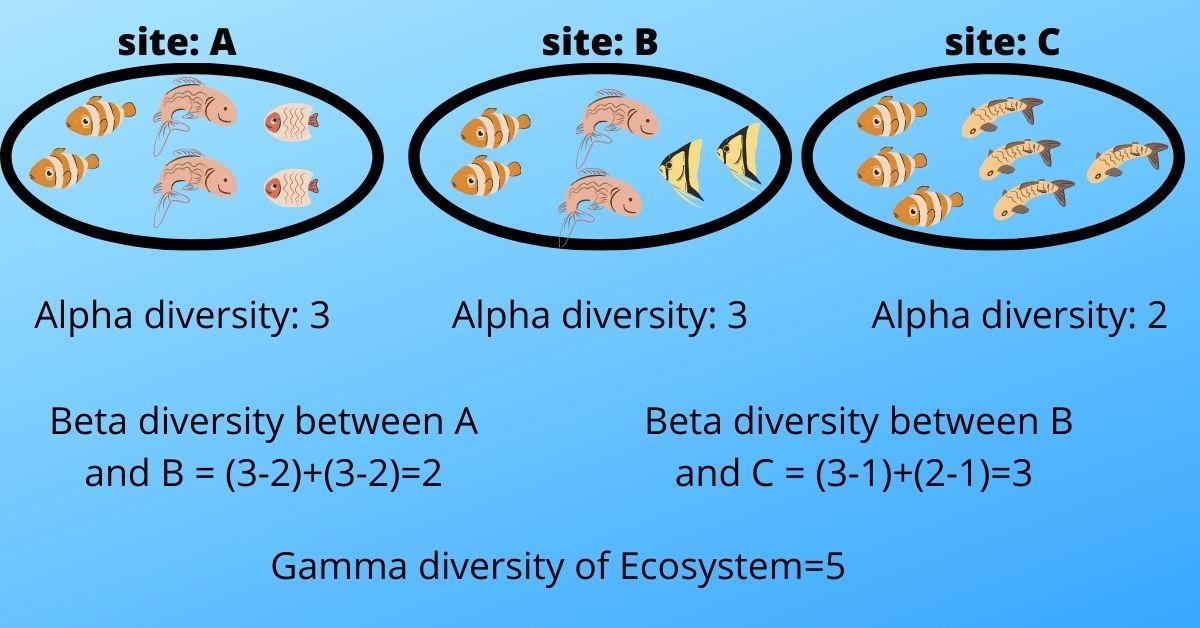Taxonomic advancements today can be conveniently divided into four distinct phases encountered in different parts of the world. This system was formulated by Davis and Heywood in 1963.
Phases of taxonomy
The pioneer or exploratory phase
1. This phase marks the beginning of plant taxonomy, collecting specimens and building herbarium records.
2. These specimens are however useful in a preliminary inventory of flora through discovery, description, identification and naming of plants.
3. The first herbarium establishment occurred at Padua in 1553 (Italy).
4. Linnaeus (1753) published Species Plantarum and introduced Binomial Nomenclature which is very much important for taxonomic study.
5. Most areas of tropical Asia and tropical Africa are passing through this phase.
Consolidation or Systematic phase
1. This is the synthesis phase mainly based on morphology.
2. This phase deals with the study of the plant material in the field as well as in the herbarium.
3. This development is helpful in the preparation of floras and monographs.
4. Two or more herbarium specimens may appear to be sufficiently different and regarded as belonging to different species on the basis of a few available herbarium records.
5. But only a field of populations involving thousands of specimens can help in reaching a better understanding of their status.
6. If there are enough field specimens to fill the gaps in various patterns, there is no jurisdiction in regarding them as separate species.
7. On the other hand, if there are distinct gaps in the various patterns, it strengthens their separate identity.
8. Most parts of Central Europe, North America and Japan are experiencing this phase.
The experimental and Biosystematic phase
1. During this phase, the herbarium records and variation studies are completed.
2. In addition, information on Biosystematics (i.e. studies about transplant experiments, breeding behaviour, chromosomes) are also available.
3. The last fifty years have seen a qualitative improvement in the area of taxonomic concept and application by the advancement of Biosystematics.
4. Transplant experiments involve seeds and other propagules from morphologically distinct populations from different habitats and growing them under common environmental conditions.
5. If the difference between the original populations were purely ecological, the differences would disappear under a common environment.
6. If the difference still persists these are evidently genetically fixed.
7. If these populations are allowed to grow together for several years their breeding behaviours would further establish their status.
8. If there are complete reproductive barriers they will fail to interbreed and maintain their separate identity, these evidence of different species.
9. If there is no reproductive isolation over the years they would interbreed, form intermediate hybrids which will soon fill the gaps in the variation. Such populations evidently belong to the same species.
10. Central Europe reached this phase of plant systematics.
The Encyclopaedic or Holotaxonomic phase
1. This phase is the coordination of the above three phases and including information is assembled, analyzed, and meaningful synthesis of analysis is provided for understanding phylogeny.
2. Collection of data, analysis and synthesis are the jobs of an independent discipline of systematics, referred to as numerical taxonomy.
3. The first two phases corresponding to the “alpha” Classification are mainly descriptive and based on gross morphological features.
4. The last two phases correspond to the ” Omega” classification. The data for these phases are accumulated from researches in the field, laboratory, garden, herbarium and library and also analysed with the help of computers.
Fundamental components of Taxonomy
Alpha Taxonomy (Description Taxonomy)
This type of taxonomy is concerned with the description and designation of species. It is typically based on the basis of morphological characters, it developed in the 19th century.
Beta Taxonomy (Macrotaxonomy)
This is the arrangement of species into hierarchical systems of higher categories or taxa. It developed in the 20th century.
Gamma Taxonomy
This is concerned with intraspecific population and with phylogenetic trends. To determine the origin of species a taxonomist has to depend on the species of palaeobotany which includes all taxa of extinct plant groups.
Omega Taxonomy
This system is based on all characteristics. It also says that alpha taxonomy forms the basis of biology while the final accumulation of all data is ultimately incorporated into omega taxonomy.

undertementioned Aims of Phrases and Components of Taxonomy
These activities are directed towards achieving undermentioned aims –
1. To provide a suitable and advantageous method of identification and it’s communication. A workable classification having the taxa arranged in hierarchy, detailed and diagnostic descriptions are essential for proper identification.
2. The code (ICBN) written and documented through the efforts of IAPT (International Association for Plant Taxonomy) helps in deciding the single correct name acceptable to the whole botanical community.
3. To detect evolutionary trends and reconstruction of the evolutionary history of the plant kingdom, determining the sequence of change and character modifications.
4. To gather information from all the study fields, analysing this information using statistical procedures.
5. To provide new concepts and develop new procedures for the correct determination of taxonomic affinities in terms of phylogeny and phenetics.
6. To provide an inventory of the world’s flora.
Who formulated the The phrases of Taxonomy?
This system was formulated by Davis and Heywood in 1963.
How many Phrases are there in Taxonomy?
Four.
How many Components are there in Taxonomy?
Four.

